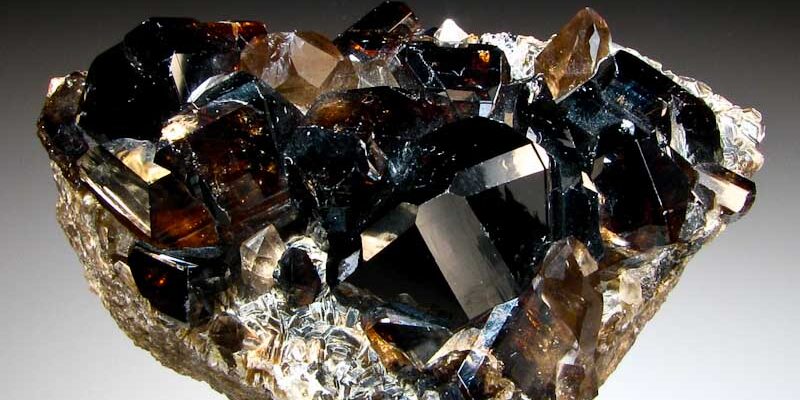DRC’s Cassiterite Production Soars to 8,218 Tonnes in Q1 2024
Cassiterite production in the Democratic Republic of Congo (DRC) surged to 8,218.54 tonnes in the first quarter of 2024, according to the Ministry of Mines’ Technical Unit for Coordination and Mining Planning. This substantial growth highlights cassiterite’s increasing role in the DRC’s economy.
Industrial mining accounted for the majority of production, with Alphamin leading the sector by producing 5,488.86 tonnes. Sakima contributed 50 tonnes, reflecting a trend toward more organized and regulated mining practices.
Artisanal mining also made a significant impact, producing 2,679.68 tonnes. Key artisanal production regions included Haut-Lomami, Tanganyika, Maniema, North Kivu, and South Kivu, areas known for their rich mineral reserves and active artisanal communities.
The cassiterite output generated $108.2 million in revenue during the period. Industrial production contributed $80.1 million, while artisanal mining accounted for $28.1 million.
Government initiatives such as mineral traceability and labeling have played a pivotal role in combating illegal mining and improving sector regulation.
Despite the positive trends, the cassiterite sector faces significant challenges, including:
- Armed Groups: Persistent insecurity in mining areas disrupts operations.
- Corruption: Weak governance continues to hinder sector efficiency.
- Infrastructure Deficiencies: Poor roads and facilities limit sustainable growth.
Nonetheless, the DRC remains a major global player in tin production, with cassiterite being essential for electronics and technology industries. This demand presents lucrative investment opportunities for the country.
The Congolese government aims to leverage cassiterite production to boost tax revenues, stimulate local economic development, and enhance the livelihoods of artisanal miners.
With continued reforms and investment, the DRC’s cassiterite sector could drive broader economic progress and solidify its position in the global tin market.
78 total views , 1 views today





